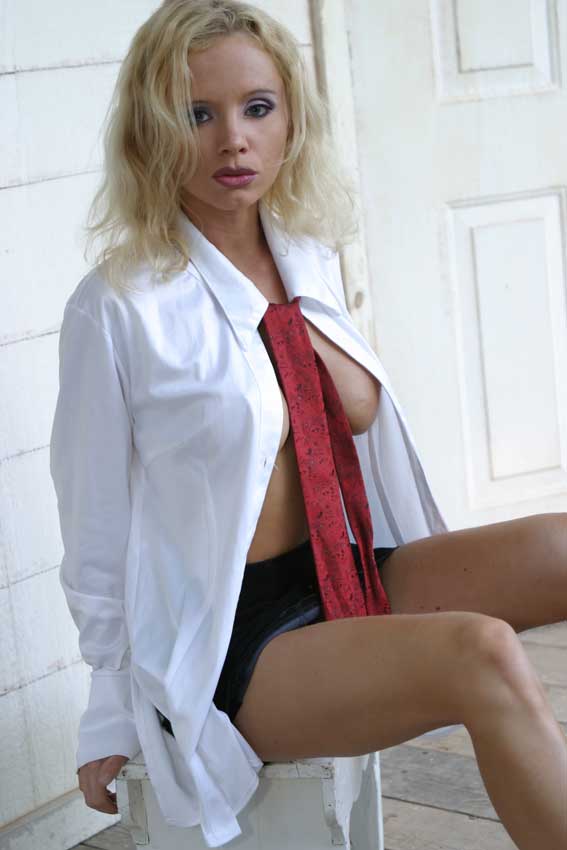My Sunday series on outdoor portraiture continues today with a portrait of Anna Lieb, who I photographed for the first time at a group model shoot in Phoenix. Arizona. I was lucky enough to photograph this amazingly beautiful model a second time at another group shoot a year later when this image was made. Uncensored photographs from this session were featured in one of my Password Protected posts that are available to my Patreon members.
Today’s Post by Joe Farace
Never lose an opportunity of seeing anything beautiful, for beauty is God’s handwriting. —Ralph Waldo Emerson
 I’ve long believed that black and white is a wonderful media for creating portraits because it produces a classic look and portrait photographers around the country have told me that more and more of their portraits were being sold as black and white prints.
I’ve long believed that black and white is a wonderful media for creating portraits because it produces a classic look and portrait photographers around the country have told me that more and more of their portraits were being sold as black and white prints.
One reason for the popularity of black and white portraiture, I think, is that the lack of color immediately simplifies an image, making you focus on the person, who is the true subject of the photograph instead of their clothing or surroundings. And sometimes the nature of a portrait subject themselves demands the image be photographed in black and white. Arnold Newman’s 1946 portrait of composer Igor Stravinsky sitting at a piano could never have been made in color and have the same impact as it has as a monochrome image.
How I Made the original portrait: At right is what the unretouched and unedited color file—Straight Out Of the Camera—portrait of Anna Lieb looked like. The original image was made with a Canon EOS 10D and EF 28-105mm f/3.5-4.5 II USM lens (at 58mm.) The exposure was 1/80 sec at f/4.5 and ISO 200 with a plus two-third stop exposure compensation and an EX550 speedlite used as fill. Despite all that extra exposure, the image was still slightly underexposed.
Creating the Monochrome Version

To fix the underexposure, the first thing I did was use the updated technique that’s described here in “Correcting Underexposed Portraits.” Because I am, if nothing borderline OCD, I rotated the original JPEG file two degrees clock-wise to make the composition more appealing, at least to me. After a light retouching, the color image file was converted to black and white using Silver Efex. One of the upsides of starting with a color image before converting it to black and white is that color images are easier and better to retouch than monochrome files because there are so many more color tones to work with. Tip: Always retouch before conversion.
For the finished portrait, the Glamour Glow filter from Color Efex was applied to soften the converted image with the Glow was slightly warmed to warm up the image giving it the look as if was printed on Agfa’s Portriga paper that I loved so much back in my wet darkroom days..
 If you enjoyed today’s blog post and would like to buy Joe a cup of Earl Grey tea ($2.75, Starbucks has raised the price of Earl Grey), click here. And if you do, thank you very much.
If you enjoyed today’s blog post and would like to buy Joe a cup of Earl Grey tea ($2.75, Starbucks has raised the price of Earl Grey), click here. And if you do, thank you very much.
If you’re interested in learning how I use cameras, lenses and lighting in my in-home studio and on location, please pick up a copy of Studio Lighting Anywhere which is available new from Amazon.com for $34.95 or used for around thirty-one bucks, as I write this. The Kindle version is $19.99 for those preferring a digital format.